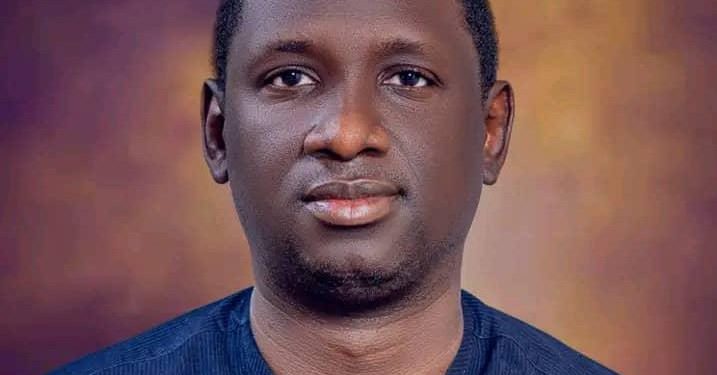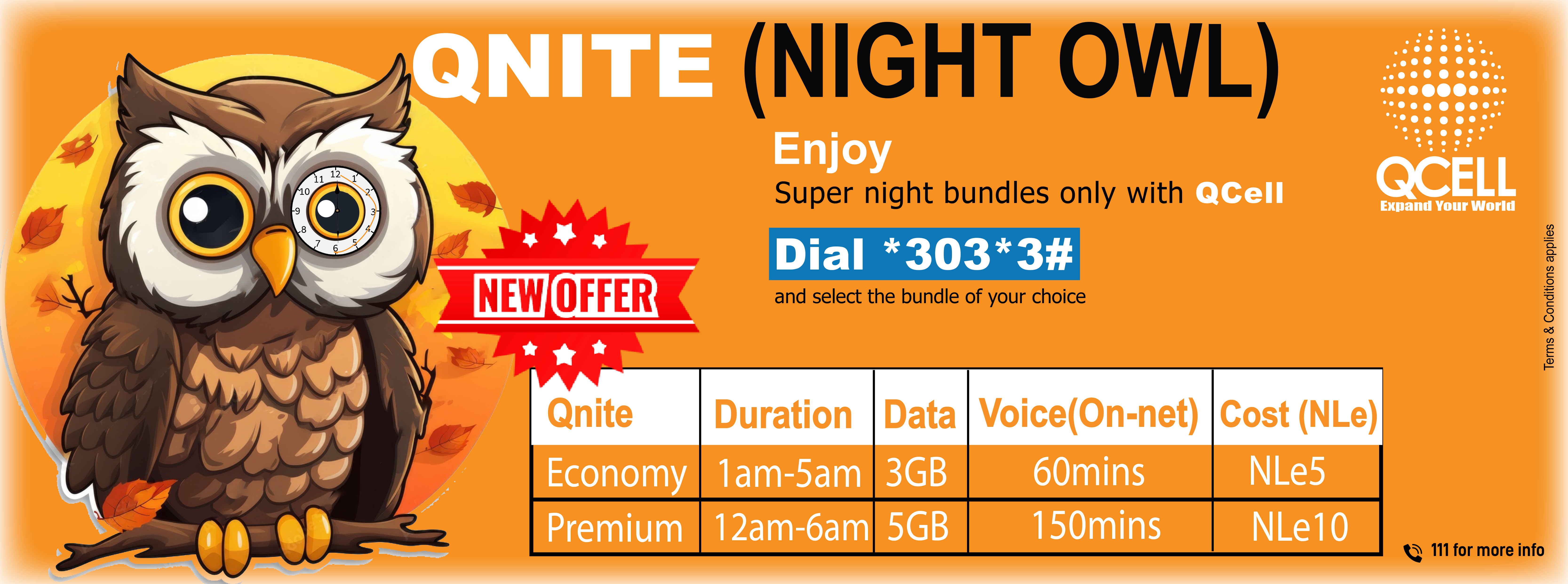By Jarrah Kawusu-Konte
Tongo Fields, Kenema District — Francis Musa crouches in a muddy pit, sifting gravel through his bare fingers. It’s nearly noon. He’s been digging since dawn. Around him, dozens of boys and men do the same, hungry, shirtless, sweating under a sun that has long outshone their dreams.
“I’ve found two small diamonds this year,” Francis says. “Sold both. Still can’t pay my daughter’s university fees.”
This is Sierra Leone’s mining story. Not the glossy investor brochures. Not the speeches at donor conferences. But the lived reality of those who dig, bleed, and die for minerals that never lift them out of poverty.
A Land of Wealth, A People in Want
Sierra Leone is one of the world’s most richly endowed nations, home to diamonds, gold, bauxite, rutile, iron ore, and rare earth minerals. According to the U.S. Geological Survey (2023), Sierra Leone’s proven mineral reserves are worth billions of dollars, with Iron Ore, diamonds and bauxite leading the pack. Yet, as the IMF (2023) notes in its Country Report on Sierra Leone, the country derives only 6–8% of GDP and less than 15% of total export value from the mining sector, despite its dominance in labor and land usage. Worse still, 80% of mining takes place in artisanal and small-scale operations, mostly unregulated, unsafe, and environmentally destructive.
Broken Promises and Vanishing Royalties
Over the past five years, the government has announced one ambitious reform after another:
A New Minerals Policy (2021)
A promised Online Mining Cadastre System for transparency
Renegotiated contracts with major players, including SL Mining and Kingho Mining
But the results speak for themselves. In 2022, only Le 216 billion (approx. $10 million) was collected in royalties and license fees, a paltry return on Sierra Leone’s multi-billion-dollar mineral economy (National Revenue Authority Annual Report).
Meanwhile, local communities report near-zero benefit from operations that have displaced villages, polluted rivers, and fractured communities. “We have gold under our beds, but no water in our pipes,” says a local Chief in Upper Banta Chiefdom.
Environmental and Human Cost
The environmental destruction is vast. Satellite imagery from Global Forest Watch (2023) shows massive deforestation in diamond, belts, gold and iron ore zones, especially in Kono, Tonkolili, Bo, and Port Loko. Acidic runoffs from gold mines have poisoned drinking water, and mercury use in artisanal mining has risen unchecked.
The Environmental Protection Agency (EPA-SL) has issued over 40 environmental citations in 2023 alone, but few result in prosecutions. Artisanal miners face death and disease in pits that collapse weekly. In the last quarter of 2023, local media recorded 14 mining fatalities, mostly young men between 16 and 35.
“Mining is no longer a source of livelihood,” says a paramedic in Tongo Fields. “It’s a lottery with your life as the ticket.”
Community Testimonies: Wealth With No Ownership
In a makeshift classroom near the rutile-rich areas of Moyamba, teacher Fatmata Kamara points to rusted zinc sheets. “The mining company built this school. But they left. Now we teach without chalk.”
In Kono, locals still live beside billion-dollar deposits yet fetch water from streams. Chiefdoms report that Community Development Funds (CDFs) are routinely misused or delayed. Year – on – year, Audit Service Reports confirmed major accountability lapses in the reinvested in mining-affected communities for schools, clinics, and clean water.
“Every year we see bulldozers, but never benefit,” said an elder in Safadu. “When we ask questions, they call us enemies of progress.”
Political Capture and Contract Secrecy
Mining contracts are negotiated behind closed doors, often with foreign firms and politically connected local brokers. The government continues to flout the Extractive Industries Transparency Initiative (EITI) standards, despite being a member since 2008.
A leaked contract between the government and Kingho Mining (2021) showed royalty rates lower than regional averages, with limited environmental guarantees. An independent Oxford Policy Management review described Sierra Leone’s mining contract environment as:
“Opaque, politically exposed, and structurally designed to exclude community voices.”
Dr. Ibrahim Bangura, discussing his plans for the mining sector with me, laid out a simple but radical proposition: “The minerals beneath us must serve the people above ground, not the ruling elite, not foreign brokers, not relentless foreign trips. We must mine for transformation, not tokenism.”
The Political Starting Point: APC’s Moment to Choose
Dr. Bangura argues that change begins with the APC, his party’s historical engagement with the mining sector has had both triumphs and setbacks.
“We would not pretend all was perfect,” he said. “But under our leadership, we at least knew that contracts must be patriotic. This current regime governs like it’s renting the country.”
I urge APC delegates to elect a leader with a plan to see mining not as a revenue source for elites but a reparative mechanism for the people who live on top of buried wealth yet die in hunger.
Conclusion: Digging for Dignity, Not Dollars Alone
Sierra Leone’s minerals have long been called a curse. But the real curse is leadership that treats wealth as private, pain as acceptable, and promises as expendable. In Tongo, as Francis Musa packs up for the day, his hands are sore, and his daughter’s school fees remain unpaid. “Maybe next week,” he says. It’s not hope. It’s resignation.
This is what must change. “We cannot bury the poor so others can mine their grief,” says Dr. Bangura. “Elect differently. Start with the delegates. Let the APC rise again to regain power and to restore justice to the earth beneath us and to our people above it.”












